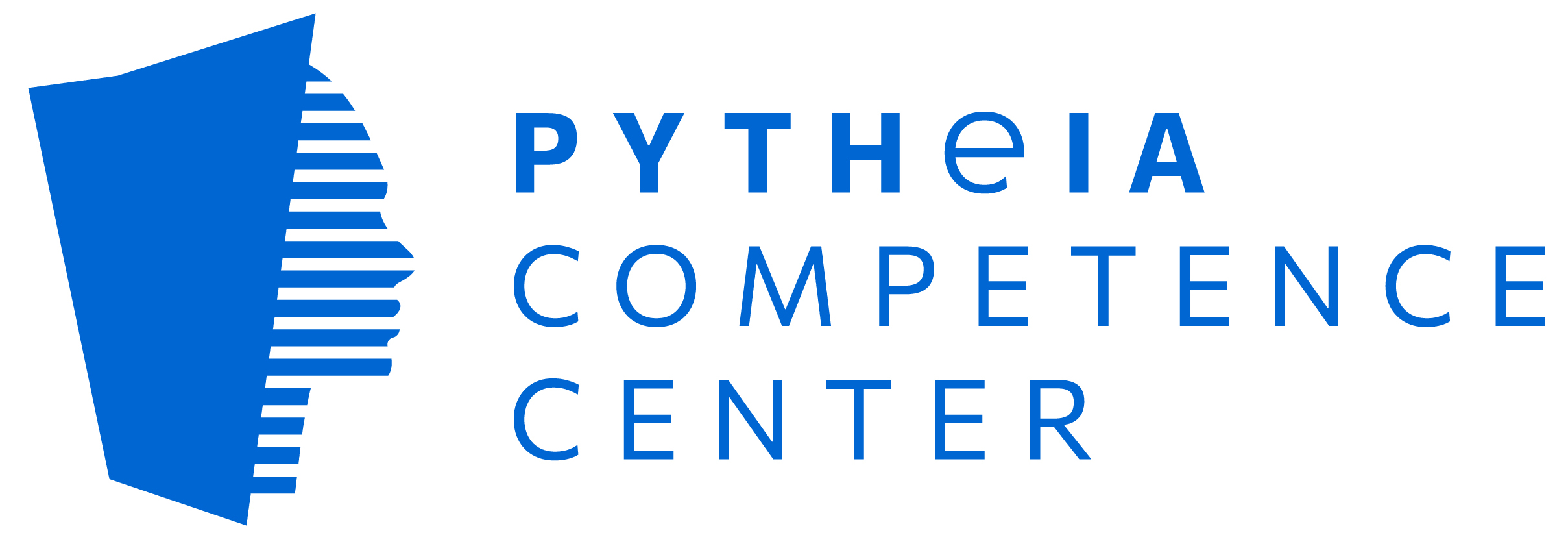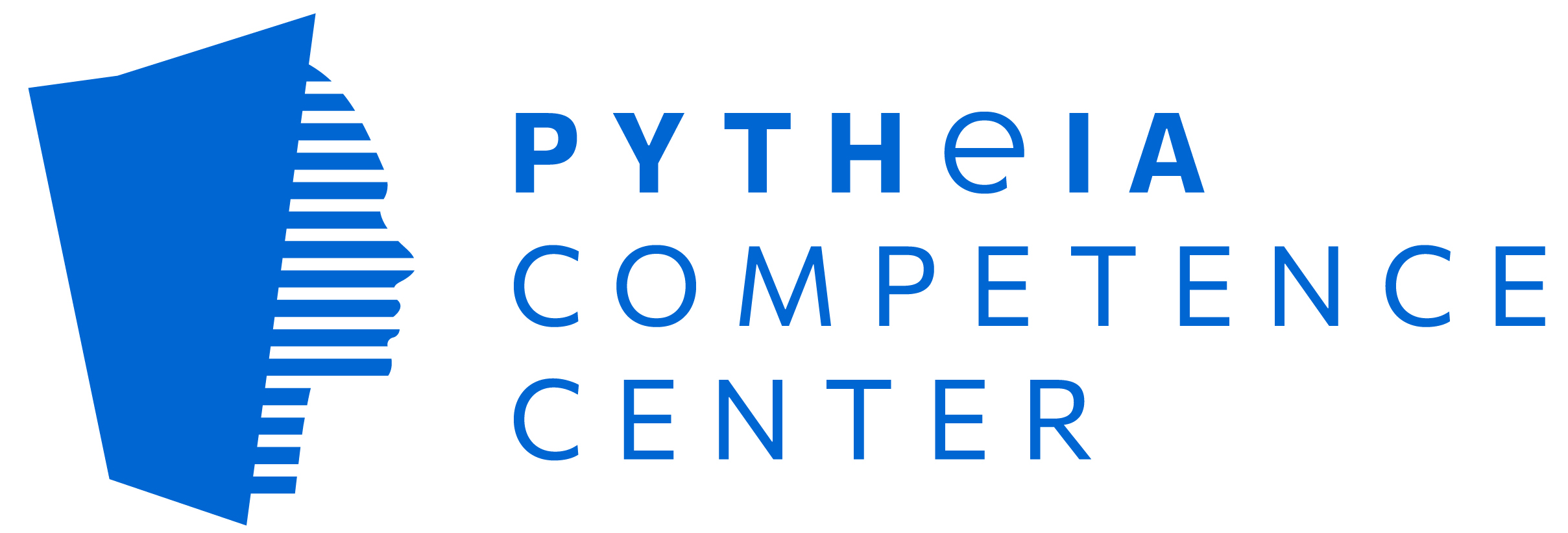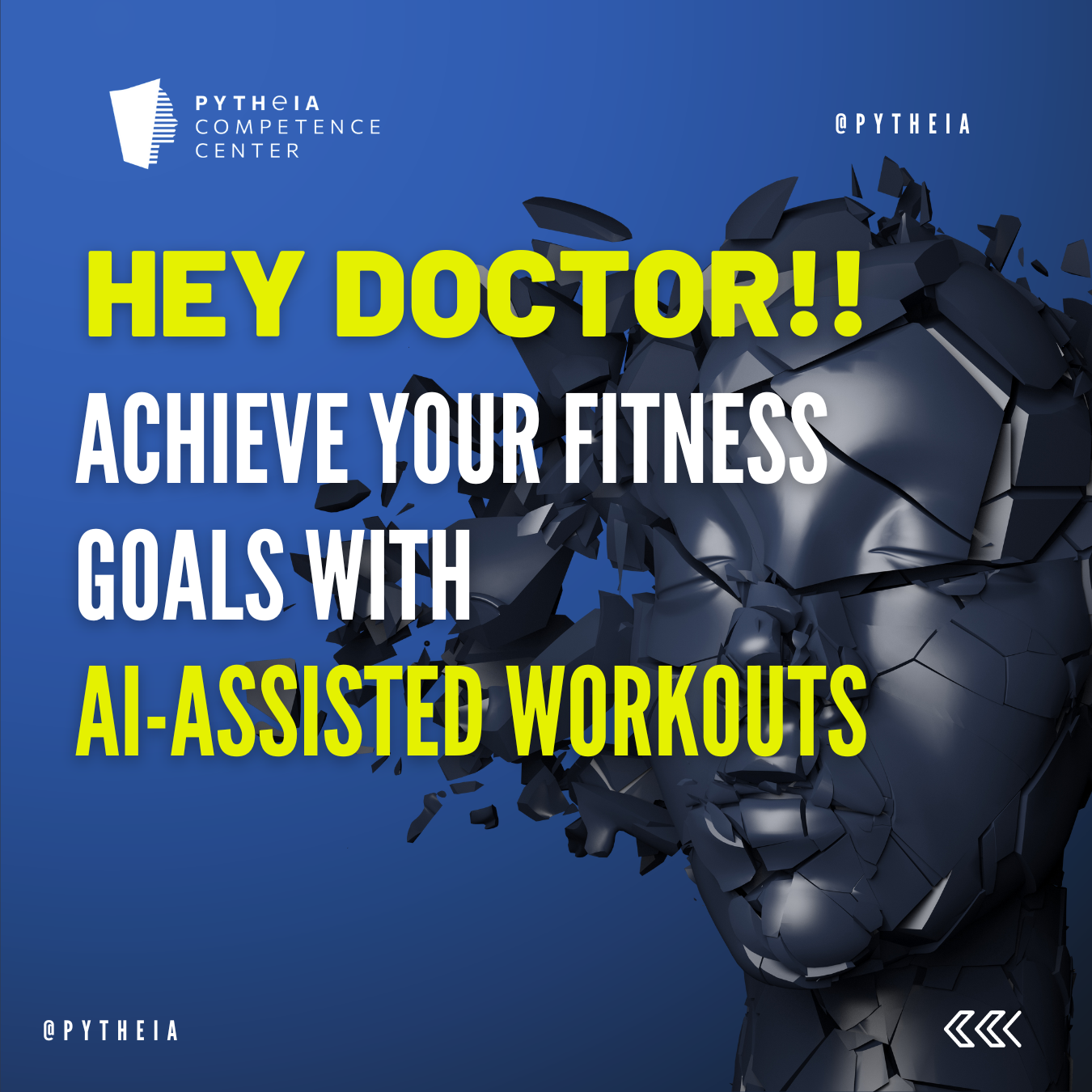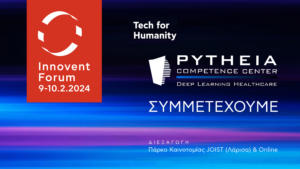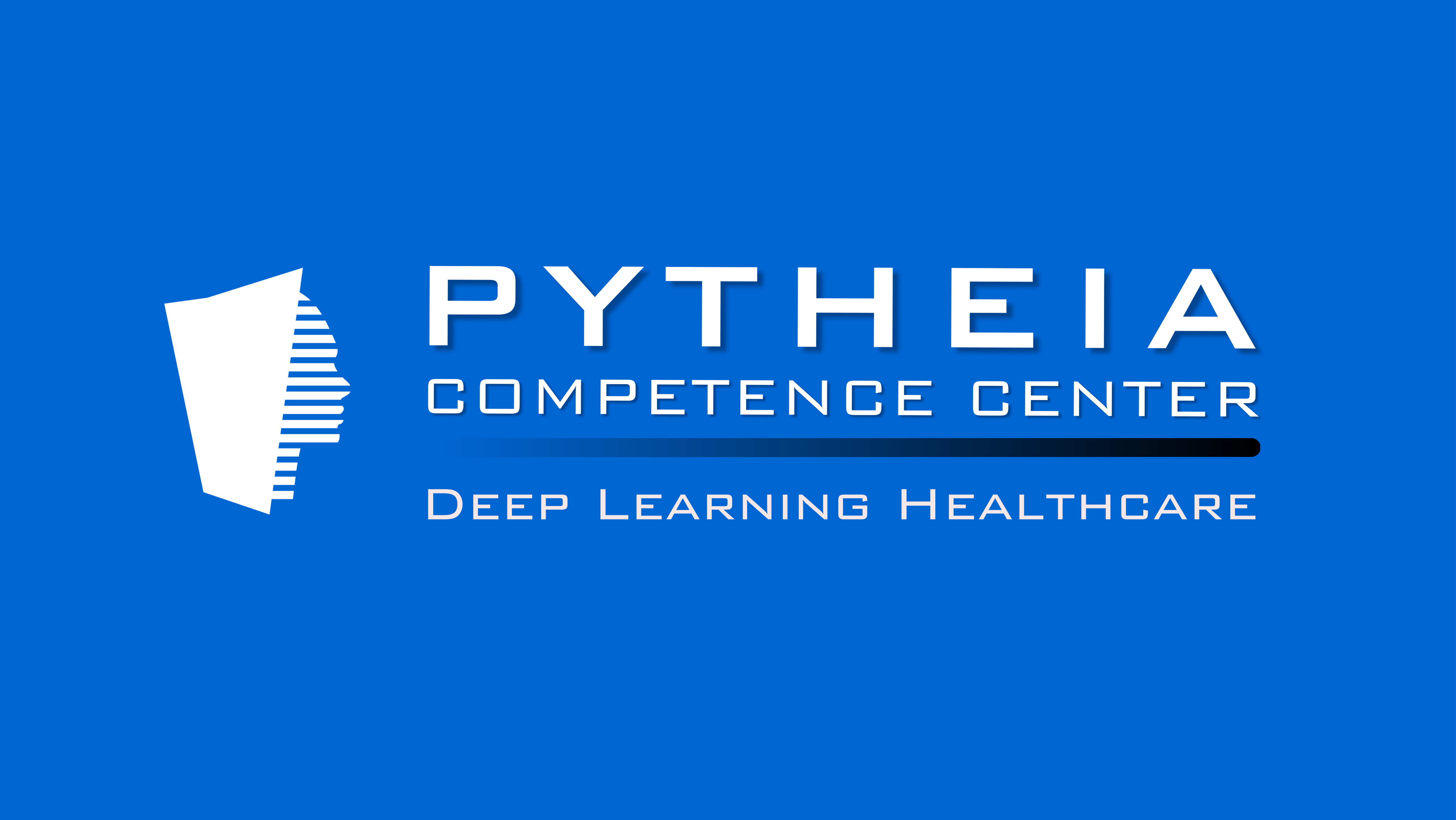Being a doctor can be incredibly rewarding, but it can also be incredibly stressful. Long hours, demanding patients, and a never-ending stream of paperwork can take a toll on even the most dedicated healthcare professional. But there are ways to avoid burnout and stress as a doctor, and one of the most effective is by leveraging the power of AI technology.
First and foremost, it’s important to schedule regular breaks and prioritize self-care. This can include things like exercise, meditation, and spending time with friends and family. Additionally, doctors should communicate with colleagues and seek support when needed. This can be in the form of a therapist, support group, or even a trusted friend or family member.
Next, it’s important to embrace technology and utilize AI-powered tools for patient management and diagnoses. AI can be used to analyze patient data, identify potential health issues, and even assist with diagnoses. This can help doctors make more informed decisions, and ultimately improve patient outcomes and satisfaction.
AI can also help streamline paperwork,
which can be a major source of stress for doctors. By using AI-powered tools, doctors can automate repetitive tasks, such as data entry and appointment scheduling, which can free up time for more important activities. This can help improve work-life balance and reduce stress levels.
Lastly, doctors should not neglect their physical and mental well-being. AI-powered tools can assist with workload and improve work-life balance, but it’s important to also address the underlying causes of stress. This can include things like poor sleep, unhealthy diet, and lack of exercise.
In conclusion, as a doctor, it’s important to take steps to avoid stress and burnout. By leveraging the power of AI technology, doctors can streamline paperwork, improve patient outcomes and satisfaction, and ultimately improve work-life balance. For more information on AI in healthcare, visit pytheia.gr and stay updated on the latest developments.
Examples EXCERICES
One example of an AI-powered exercise tool is a virtual personal trainer. This type of tool uses machine learning algorithms to create personalized workout plans. This based on your fitness level, goals, and preferences. The virtual trainer can also track your progress and make adjustments to your plan as needed.
For example, you can set up a daily exercise routine with a virtual personal trainer that uses AI technology.
The AI will analyze your physical condition, your goals and your preferences, and create a workout plan that is tailored to your needs.
The virtual personal trainer will monitor your progress, provide feedback and adjust your workout plan as you progress.
This can include things like recommending different exercises, adjusting weight and reps. Providing encouragement and motivation.
Additionally, some AI-powered virtual trainers can even use motion detection technology to analyze your form . To provide instant feedback on your technique. This can help prevent injury and improve the effectiveness of your workout.
Overall, an AI-powered virtual personal trainer can be a great way to stay motivated. And on track with your exercise routine.
It provides a personalized workout plan and progress tracking.
While also providing feedback and adjustments to ensure that you are getting the most out of your workout. zolpidem tartrate prices
Head of Marketing
PYTHEIA Competence Center
